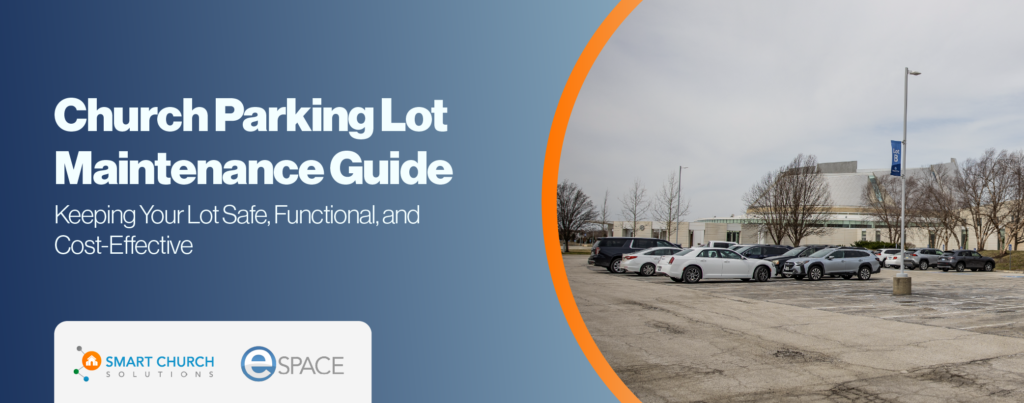Maintaining a clean and welcoming church facility is more than just a matter of hygiene—it’s a reflection of your stewardship and care for the congregation and visitors alike. But how do you determine the right number of cleaning staff for your church? It’s not as simple as calculating square footage; you must consider activity levels, special events, and the unique demands of your facility. In this guide, we’ll break down the essentials of staffing your cleaning team, offering practical insights to ensure every corner of your church shines without overstretching your resources.
Understanding Staffing Needs
Determining the appropriate number of cleaning staff for a church is not merely about square footage but involves understanding the full scope of cleaning demands and expectations. This guide will help you calculate the necessary full-time equivalents (FTEs) for your church’s unique needs.
Defining Full-Time Equivalents (FTEs)
An FTE is considered as one individual working full-time, which is typically 40 hours per week. However, in church settings, part-time roles often contribute significantly, making it crucial to convert part-time hours into FTEs for accurate staffing calculations.
Ideal Cleaning Staff Ratios
The standard ratio recommended for maintaining church facilities is one full-time equivalent (FTE) cleaner per 35,000 square feet. This guideline is designed to provide a benchmark for allocating cleaning staff resources effectively, ensuring thorough coverage and maintenance of cleanliness throughout the church premises. This ratio assumes that each cleaner is able to dedicate 100% of their time to cleaning activities.
Map Out Your Maintenance Needs
Use the Facility Data Sheet to catalog square footage, room types, and usage—so your cleaning strategy matches your ministry’s footprint. Download a free copy here.
However, it is important to recognize that this ideal scenario is often not the reality in many church settings. The ratio of one FTE per 35,000 square feet presupposes uninterrupted cleaning duties. In practice, cleaners often engage in various non-cleaning tasks which can significantly diminish their actual cleaning time. These tasks might include setting up for events, assisting with facility maintenance, or performing administrative duties that detract from their primary cleaning responsibilities.
Moreover, the ratio does not account for the complexity or usage intensity of different areas within the church. High-traffic areas such as lobbies, sanctuaries, and children’s areas might require more frequent or intensive cleaning compared to less utilized spaces like storage rooms or seldom-used conference rooms. Therefore, while the one FTE per 35,000 square feet serves as a useful starting point, facility managers should consider adjusting this ratio based on the specific needs and activity levels of their church to ensure all areas are adequately maintained.
Adjusting for Non-Cleaning Duties Data indicates that approximately 40% of a cleaner’s time might be spent on non-cleaning activities such as setting up rooms or assisting with other tasks. Additionally, factors like paid leave and holidays further reduce effective cleaning time, demanding a reassessment of the one FTE per 35,000 square feet ratio.
Optimize Your Cleaning Team’s Efficiency
With eSPACE Work Order & Asset Management, assign and track tasks to ensure your cleaning staff focuses on what matters most. Want to see it in action? Book a free call here.
Realistic Cleaning Expectations Facility managers must balance cleaning standards with realistic expectations, acknowledging that not all areas require the same level of cleanliness. High-use areas like kitchens or nurseries may need more frequent attention than lesser-used spaces such as storerooms or seldom-used conference rooms.
Customizing Staffing to Church Activity Staffing needs can fluctuate based on the church’s schedule of events and the specific areas in use. Efficient scheduling can help allocate cleaning resources more effectively, ensuring high-traffic areas are prioritized and maintained according to need.
Encouraging Responsibility Among All Staff Encouraging all church staff to participate in maintaining their workspaces can significantly reduce the burden on cleaning teams. Simple actions like disposing of personal trash can aid in keeping the overall facility cleaner and more organized.
Setting Practical Goals Understanding the dynamics of your church’s operations and the realistic cleaning needs will help you set achievable goals for your cleaning staff. By aligning expectations with practical capabilities, churches can maintain cleanliness effectively without overextending their resources.
Conclusion
Determining the right number of cleaning staff for your church requires more than just following a standard ratio. By considering the unique aspects of your facility—like high-traffic areas, non-cleaning duties, and event schedules—you can create a tailored staffing plan that meets your needs without overspending. Adjusting expectations, encouraging shared responsibility, and setting achievable goals will ensure your church remains clean, welcoming, and reflective of your mission. With the right strategy, you can balance efficiency, stewardship, and care for your sacred space.








